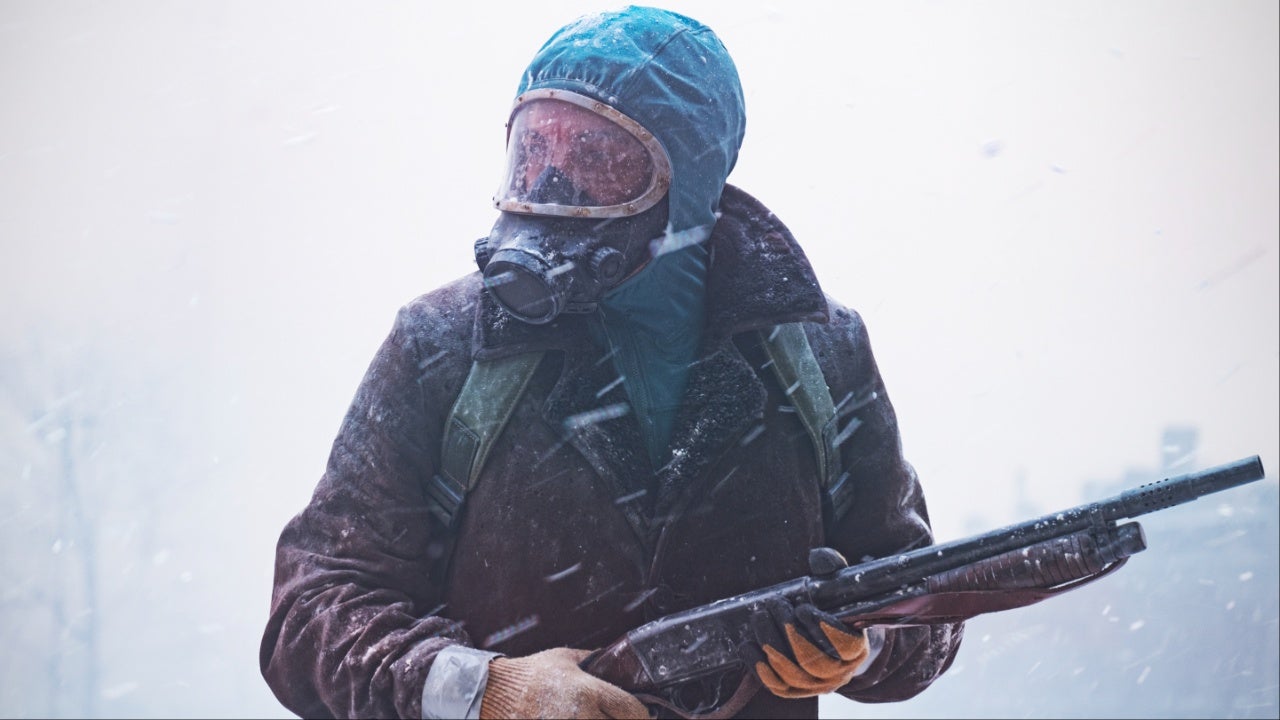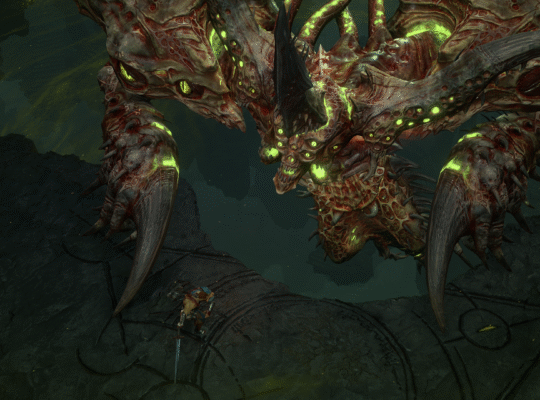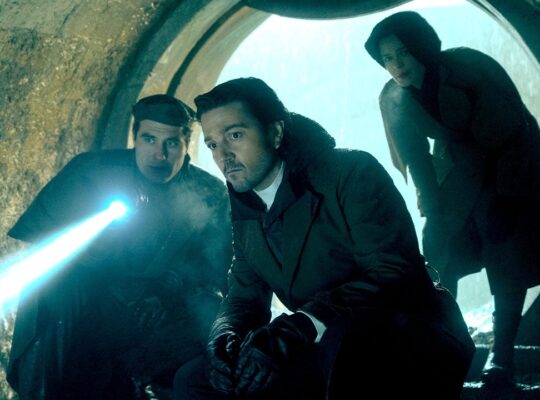
TV these days offers you a choice of freaky apocalypses. Want to see human society collapse due to deadly mushrooms? Watch The Last of Us. Want to see the world end in a blanket of deadly snow? Watch The Eternaut, Netflix’s gritty and moody adaptation of an influential, nearly 70-year-old Argentine comic book. A thoughtful and twisty take on the post-apocalyptic survival genre, this series makes terrific use of its South American locations to tell a story about people too stubborn to die.
The Eternaut’s doomsday begins when a mysterious snow-like substance that kills anyone who touches it starts falling from the sky in Buenos Aires, a place not exactly known for frosty winters. In less than a day, the city’s population is decimated. One of the few survivors is lumpy, gray-haired, middle-aged Juan Salvo (Ricardo Darin) who puts on a gas mask and a heavy coat and ventures out into the fallen capital, searching for people to save.
The basic concept and approach of The Eternaut should be familiar to fans of The Walking Dead and similar shows. The series’s writer-director-producer Bruno Stagnaro begins the story on day one, documenting a society that rapidly collapses and then just as quickly tries to regroup. This season’s pacing can feel slow, as Stagnaro tells a story that, at times, feels like a minute-by-minute recounting of Juan’s adventures. In the first three episodes especially, there are a lot of scenes of people in darkened rooms, talking about their fears and worrying about their futures. These characters are good enough company, but you’ll need to exercise a little patience early on, as the plot gradually develops.
The Eternaut really comes to life whenever the action moves outside. The images of a broken Buenos Aires – filled with crashed cars and corpses, all covered in snow – are visually striking. The tension heightens dramatically too whenever Juan is out in the streets, encountering other explorers with masks and guns, having to figure out which of them he can trust. In one of the most memorable early scenes, he comes across a group of people huddling in one corner of a crashed commuter train, and he is torn between his instinctive feelings of compassion and the realization that there is no way to save all of them from the snow. These are the kinds of moments that you look for in tales of armageddon: the ones where the heroes wrestle with tough choices, and we wrestle along with them.
By the fourth episode, the true nature of this particular apocalypse becomes clearer, and (no spoilers here) The Eternaut becomes more obviously a science-fiction story. There are more sequences involving special effects – all very polished and impressive – as Juan and his band of survivors find themselves racing through the city, scrambling into makeshift shelters and fighting for their lives.
Where The Eternaut takes place matters, for a couple of reasons. This show is about people who, even before their world turned upside-down, sometimes felt isolated and forgotten, in a country with a rickety infrastructure and a complicated political history. The Argentine setting gives a tried-and-true plot a fresh look and feel. But it also provides a reason why some neighbors might look at each other warily (perhaps due to past unrest), and why there is enough analog technology around to mitigate against power outages. The setting also matters because of the source material, which could be considered one of the first serious graphic novels. Its complex and sophisticated story in comic book form influenced artists worldwide, and it especially inspired Argentinians, who had never seen their own country depicted in a science-fiction epic. It remains an astonishing backdrop in this new, televised form.
You don’t have to be Argentine, though, to be awed by The Eternaut’s depiction of an ordinary city, ravaged by disaster. Juan is an everyman for everybody. What gives this show its juice are all the scenes of him venturing into the unknown, step by wary step, trying to stay alive long enough to make a difference.












